I attended CoStar’s Tampa Bay market presentation today (speaker: Michelle Rumore – Senior Director of Market Analytics) with a Florida ROI colleague Carter Henderson, and came away with some compelling insights about where our local commercial real estate market stands in Q1 2025. The Tampa Bay market is showing signs of stabilization and selective recovery across key sectors, and while challenges persist, there are encouraging indicators of resilience in office, industrial, and retail markets that I wanted to share.
Office Market: Quality Space Drives Recovery

What struck me most about Tampa’s office market is that we’re really seeing a tale of two stories, with premium properties significantly outperforming their lower-grade counterparts. The most impressive data point I heard today was that 4 and 5-star properties have seen availability rates drop 500 basis points from their 2022 peak.
Key Office Market Highlights:
- Big deals are driving leasing activity in Q1 2025, with transaction volumes reaching levels not seen since pre-pandemic years
- Medical office continues to significantly outperform traditional office space, maintaining much lower vacancy rates
- Office construction pipeline has reached a 10-year low, suggesting limited new supply pressure
- Asking rent growth is moderating but remains positive, indicating market stabilization
- Investment volumes remain largely muted, reflecting continued uncertainty in office valuations
There is a trend of flight to quality, with tenants increasingly willing to pay premiums for modern, office buildings with state-of-the-art amenities, while older, lower-grade inventory struggles to find takers.
My Takeaways from the Industrial Data

The industrial numbers presented today show the sector facing headwinds as vacancy rates climb to nine-year highs, but the underlying fundamentals suggest this may be a temporary adjustment rather than structural weakness.
Industrial Market Dynamics:
- 55% of Tampa’s industrial vacancy is concentrated in buildings over 25 years old, highlighting the age and obsolescence issues plaguing older inventory
- Despite higher vacancy rates, when quality space hits the market, it’s leased quickly, with Tampa’s median time on market remaining well below national averages
- The lack of large leases is dampening overall leasing activity, but this reflects market consolidation rather than lack of demand
- Industrial construction pipeline is returning to pre-pandemic levels after years of oversupply
- Land constraints in the core market areas are pushing new development outward to more affordable locations
- Rent growth is cooling but stabilizing, suggesting the market is finding its equilibrium
- Investment volumes have remained remarkably consistent over the past two years, indicating steady investor confidence
Retail: The Surprise Winner

The retail sector emerged as what I’d call the bright spot in today’s presentation. Tampa’s retail market is benefiting from extremely limited available space and strong tenant demand.
Retail Market Strengths:
- Quarterly absorption turned negative for the first time in years, but this reflects supply constraints rather than weak demand
- 80% of Tampa Bay’s available retail space is in buildings over 25 years old, creating opportunities for repositioning and redevelopment
- Months on market are near all-time lows at just 7 months compared to the national average of 13 months
- Limited space availability is actually dampening leasing activity as tenants struggle to find suitable locations
- Tampa ranks among the top Florida markets for retail rent growth over both 5 and 10-year periods
- Q1 2025 sales volumes jumped 34% compared to Q1 2024, signaling strong investor appetite
I was particularly impressed by some of the large retail leases that were highlighted in the presentation: The market saw significant leasing activity with major tenants like City Furniture (144,372 sq ft in Lutz), BJ’s Wholesale (103,500 sq ft in Brooksville), and various fitness and grocery concepts filling former big-box locations. This aligns with the adaptive reuse trend I’m seeing throughout the market.
What This All Means
After sitting through today’s presentation, I’m convinced that Tampa Bay’s commercial real estate markets are adapting to new realities while building on our region’s strong population growth fundamentals. The ongoing population increases, driven by both domestic migration and international immigration, provide a solid foundation for long-term commercial real estate demand.
What stood out to me most is the common thread across all three sectors: the premium placed on quality assets and well-located properties. Older, functionally obsolete buildings across office, industrial, and retail categories are struggling, while modern, well-positioned properties are seeing strong performance.
My biggest takeaway for investors and tenants is this: focus on quality. Whether it’s Class A office space, modern industrial facilities, or well-located retail properties, the Tampa Bay market is rewarding those who prioritize quality assets in prime locations. Given our region’s continued population growth and economic diversification, I expect these trends will persist, making Tampa Bay an attractive market for selective commercial real estate investment and expansion.
Carter made a good point I agree with—we’re missing data on how last year’s residential disruption and loss of confidence in certain residential areas from hurricanes and flooding could carry over into the commercial market. If anyone has any thoughts or data on this, we would welcome your input.
Frequently Asked Questions
Q: What sectors are showing the strongest signs of recovery in Tampa Bay’s commercial real estate market in 2025?
A: Office, industrial, and retail sectors are all showing resilience, with Class A office space and modern retail properties leading the way due to high tenant demand and limited new supply.
Q: Why is Tampa’s industrial sector facing higher vacancy rates despite steady investor interest?
A: Most vacancies are in buildings over 25 years old. Newer, high-quality industrial spaces continue to lease quickly, indicating that age and functionality—not lack of demand—are driving the vacancy trend.
Q: What’s driving Tampa Bay’s retail real estate performance in 2025?
A: Limited space availability, rising rents, and strong tenant demand—especially from fitness, grocery, and furniture retailers—are pushing retail to outperform expectations, even with negative absorption due to constrained supply.



